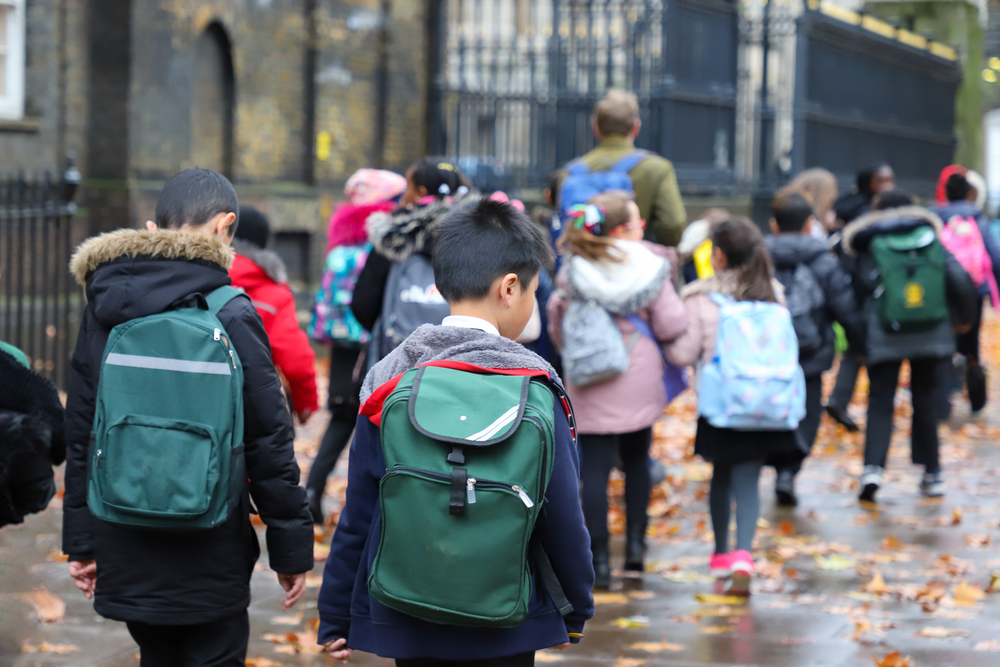Latest obesity figures for England show a strong link between children living with obesity and deprivation

Findings from annual health report on children’s health by NHS Digital reveals a strong correlation between obesity and deprivation of living conditions.
The National Child Measurement Programme (NCMP) – overseen by the Office for Health Improvement and Disparities and analysed and reported by NHS Digital – measures the height and weight of children in England annually and provides data on the number of children in Reception (4-5 years) and Year 6 (10-11 years) who are underweight, healthy weight, overweight, living with obesity or living with severe obesity.
NHS Digital recently published the NCMP England – 2021-22 report which discovered that children living in the most deprived areas were more than twice as likely to be living with obesity, than those living in the least deprived areas.
Indeed, the prevalence of severe obesity was over three times as high for children aged 4-5 years living in the most deprived areas (4.5 per cent) compared with those living in the least deprived areas (1.3 per cent). It was over four times as high for children aged 10-11 years living in the most deprived areas (9.4 per cent) than the least deprived areas (2.1 per cent).
Some key differences were observed between various groups. For instance, the prevalence of children living with obesity in 2021-22 was highest for Black children in both reception (16.2 per cent) and Year 6 (33.0 per cent); it was lowest for children of a Chinese descent in both reception (4.5 per cent) and Year 6 (17.7 per cent). Moreover, boys had a higher prevalence of living with obesity than girls for both age groups.
Although these figures are smaller compared to those discovered last year in 2020-2021, they continue to concern health and care professionals as they remain higher than pre-pandemic levels.